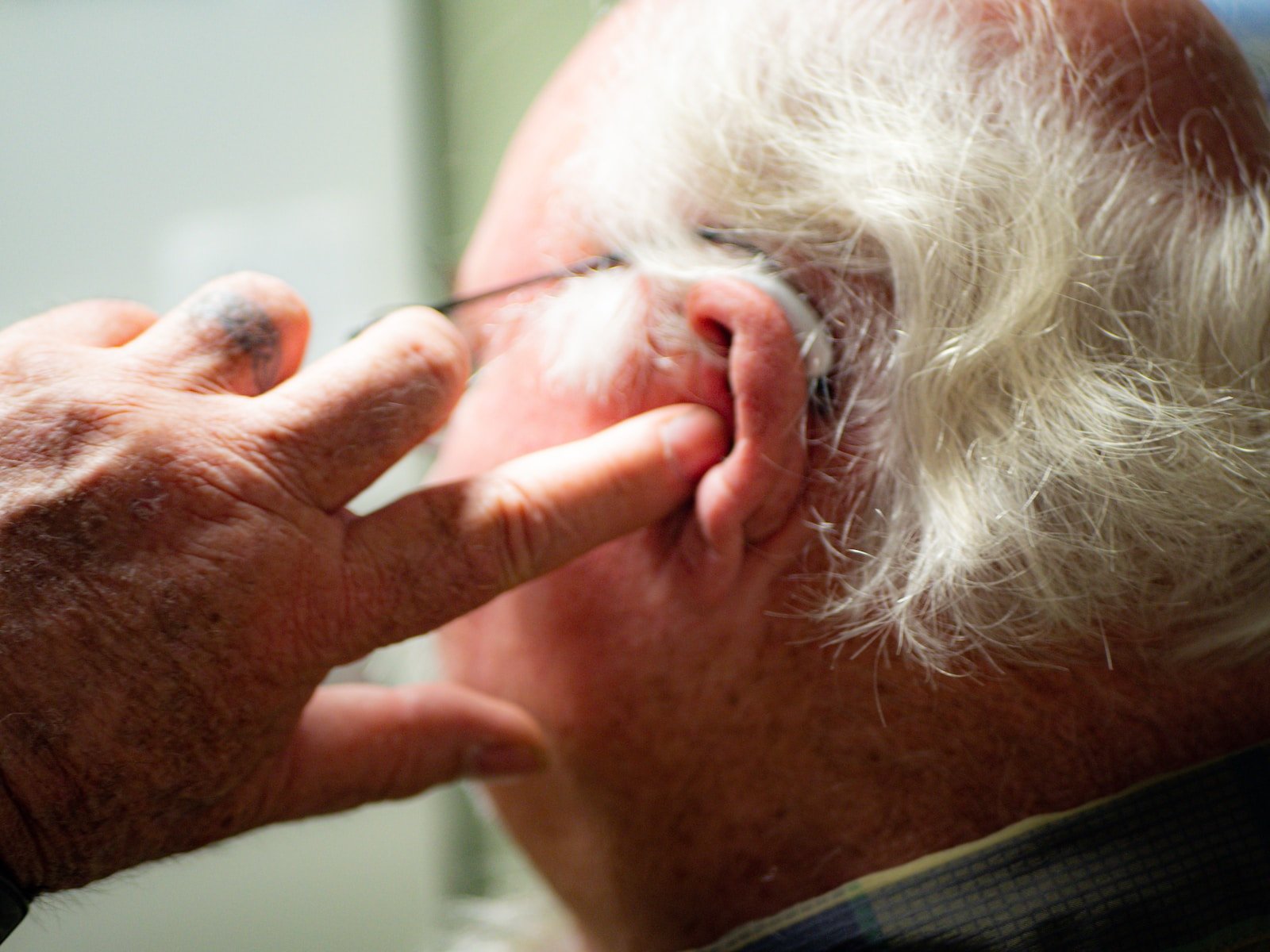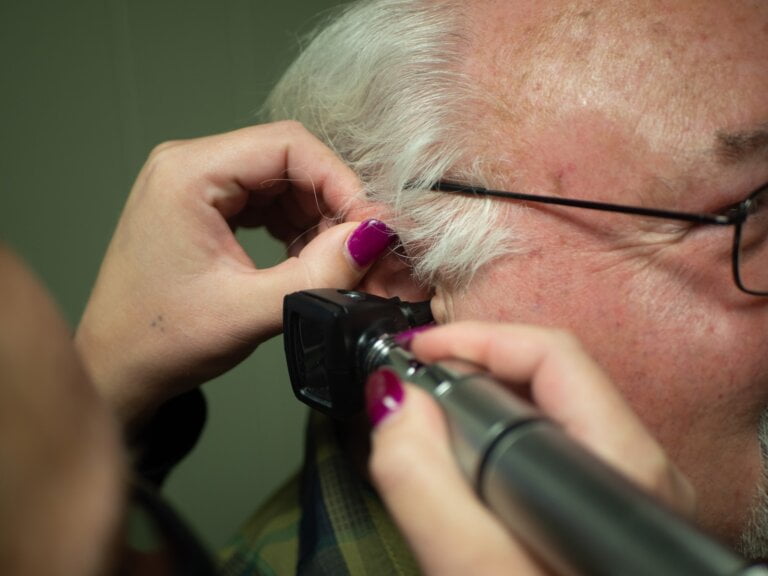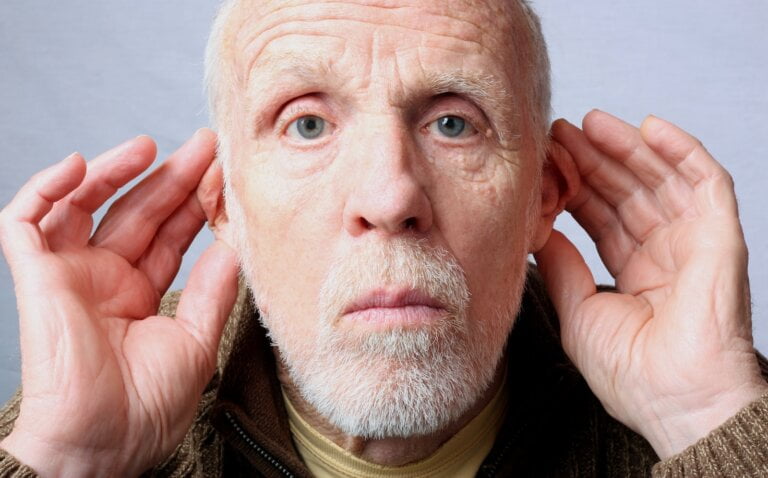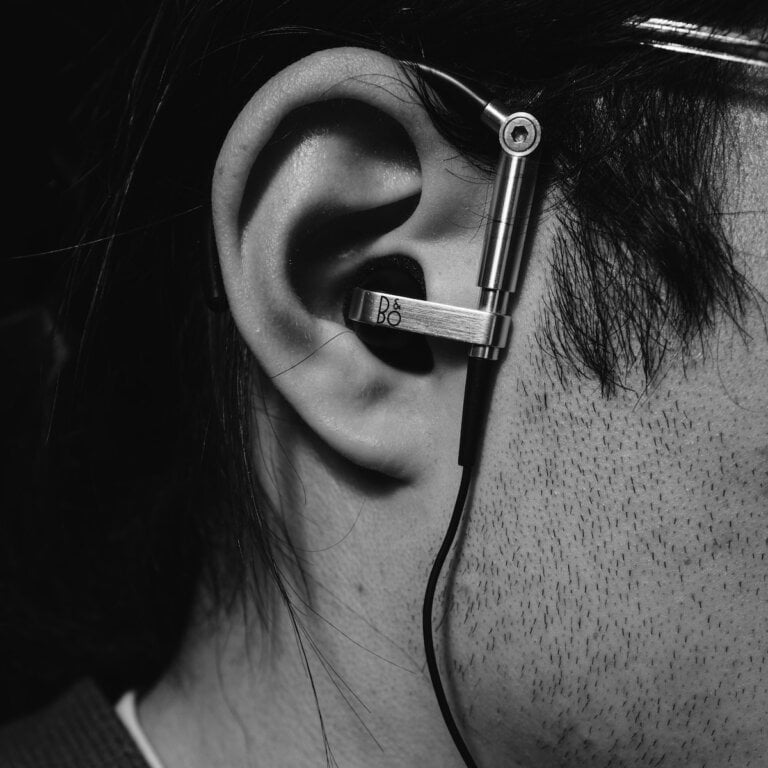The First Step: An Introduction to Entry-Level Jobs in Ear Wax Removal
Introduction
Ear wax removal is a specialised field that requires skilled professionals to safely and effectively remove earwax buildup using various tools and techniques. Entry-level jobs in this field offer an excellent opportunity for individuals interested in healthcare, audiology, and assisting patients with their ear health.
In this article, we will explore the importance of ear wax removal, the skills and qualifications required for entry-level positions, training programs, and potential career paths within this unique field of healthcare.
The Importance of Ear Wax Removal
Earwax, also known as cerumen, is a natural substance produced by the ear’s glands to protect the ear canal from dust, debris, and bacteria. However, excessive buildup of earwax can lead to discomfort, hearing loss, tinnitus and other ear-related issues. Ear wax removal plays a critical role in maintaining healthy ear hygiene and preventing potential complications.
By removing excess earwax, trained professionals ensure that patients can hear clearly, alleviate discomfort caused by blockages, and reduce the risk of infections or other complications. As an entry-level professional in this field, you will contribute to the overall well-being of individuals by providing effective earwax removal services.
Earwax buildup can occur due to various factors, such as the use of hearing aids, earplug usage, or even the natural production of excessive cerumen. It is important for professionals in ear wax removal to understand the reasons behind earwax accumulation in order to provide the most appropriate and effective treatment.
During the removal process, it is essential to be gentle and cautious to avoid any damage to the delicate structures of the ear canal. Professionals must use specialised tools and techniques to ensure the safe and efficient removal of earwax. By doing so, they help patients regain their hearing abilities and prevent further complications.
Skills and Qualifications for Entry-Level Positions
To pursue a career in ear wax removal, certain skills and qualifications are necessary. While specific requirements may vary depending on the employer and the region, here are some essential skills and qualifications for entry-level jobs:
- Strong Communication Skills: As a professional dealing with patients, the ability to communicate effectively and compassionately is crucial. You must be able to explain the procedure, address patient concerns, and ensure a comfortable experience. Effective communication also involves active listening, allowing the patient to express their concerns and providing them with the necessary information about the earwax removal process. This helps build trust and ensures a positive patient experience.
- Attention to Detail: Ear wax removal requires a high level of precision and attention to detail. You must be able to work carefully and safely within the delicate structures of the ear canal. Professionals need to have a keen eye for detail to identify any abnormalities or potential issues during the earwax removal process. They should be able to assess the condition of the ear canal and determine the most appropriate approach for removing the excess wax.
- Manual Dexterity: Excellent hand-eye coordination and manual dexterity are essential in this field. You will be using various tools such as curettes, forceps, or suction devices to remove earwax, and the ability to manipulate them with precision is critical.
- Knowledge of Ear Anatomy: A basic understanding of the ear’s anatomy is necessary to perform manual instrument ear wax removal effectively. Professionals should have a comprehensive understanding of the structures of the ear, including the external ear, middle ear, and inner ear. This knowledge helps in identifying potential issues or complications, as well as providing appropriate recommendations for further treatment or referral to specialists if necessary.
- Empathy and Patience: Patients seeking earwax removal often experience discomfort or anxiety. Being empathetic, patient, and understanding will help put them at ease during the procedure. Professionals should create a calm and reassuring environment for patients, addressing any concerns they may have and explaining the process step by step.
In addition to these skills and qualifications, it is also important for professionals in this field to stay updated with the latest advancements in ear healthcare and audiology. Continuous learning and professional development are crucial to providing the best possible care to patients.
Training Programs for Ear Wax Removal
To gain the necessary skills and knowledge, enrolling in a training program specific to ear wax removal is highly recommended. These programs provide comprehensive training on the different techniques, tools, and safety protocols associated with the field.
When selecting a training program, ensure that it is recognised by reputable organisations or associations in the audiology or healthcare industry. Look for programs that offer hands-on practical training and include theoretical knowledge to help you develop a well-rounded skill set.
During the training program, you will learn about the various tools and instruments used in ear wax removal, such as curettes, forceps, suction devices, or irrigation systems. You will also gain hands-on experience through supervised practice, allowing you to develop the necessary skills and confidence to perform the procedure effectively.
In addition to technical skills, training programs may also cover topics such as patient communication, infection control, and safety protocols. These areas are crucial for providing a safe and comfortable environment for patients during the earwax removal process.
Potential Career Paths in Ear Wax Removal
Entry-level positions in ear wax removal can serve as a stepping stone for various career paths within the field of audiology and ear healthcare. Here are some potential career paths that you can explore as you gain experience and expertise:
- Audiology Assistant: With additional training and experience, you can pursue a career as an audiology assistant. In this role, you will work closely with audiologists to conduct hearing tests, assist with the fitting and repairing of hearing aids, and providing ongoing support to patients with hearing difficulties.
- Ear, Nose, and Throat (ENT) Clinic Technician: Working in an ENT clinic, you will assist otolaryngologists (ENT doctors) in diagnosing and treating various conditions related to the ear, nose, and throat. This may involve conducting diagnostic tests, assisting with procedures, and providing patient education.
- Private Practice or Clinic Owner: After gaining significant experience and expertise, you may choose to open your own private practice or clinic specialising in ear wax removal. This path allows you to have more control over your practice and potentially expand your services beyond ear wax removal.
Conclusion
Entry-level jobs in ear wax removal offer an exciting opportunity for individuals interested in the healthcare industry and ear health. By acquiring the necessary skills, qualifications, and training, you can embark on a fulfilling career path that contributes to improving individuals’ ear health and overall well-being.
Remember, a career in ear wax removal requires continuous learning and staying up-to-date with the latest advancements in audiology and ear healthcare. With dedication and passion, you can make a meaningful difference in the lives of patients while enjoying a rewarding professional journey.







